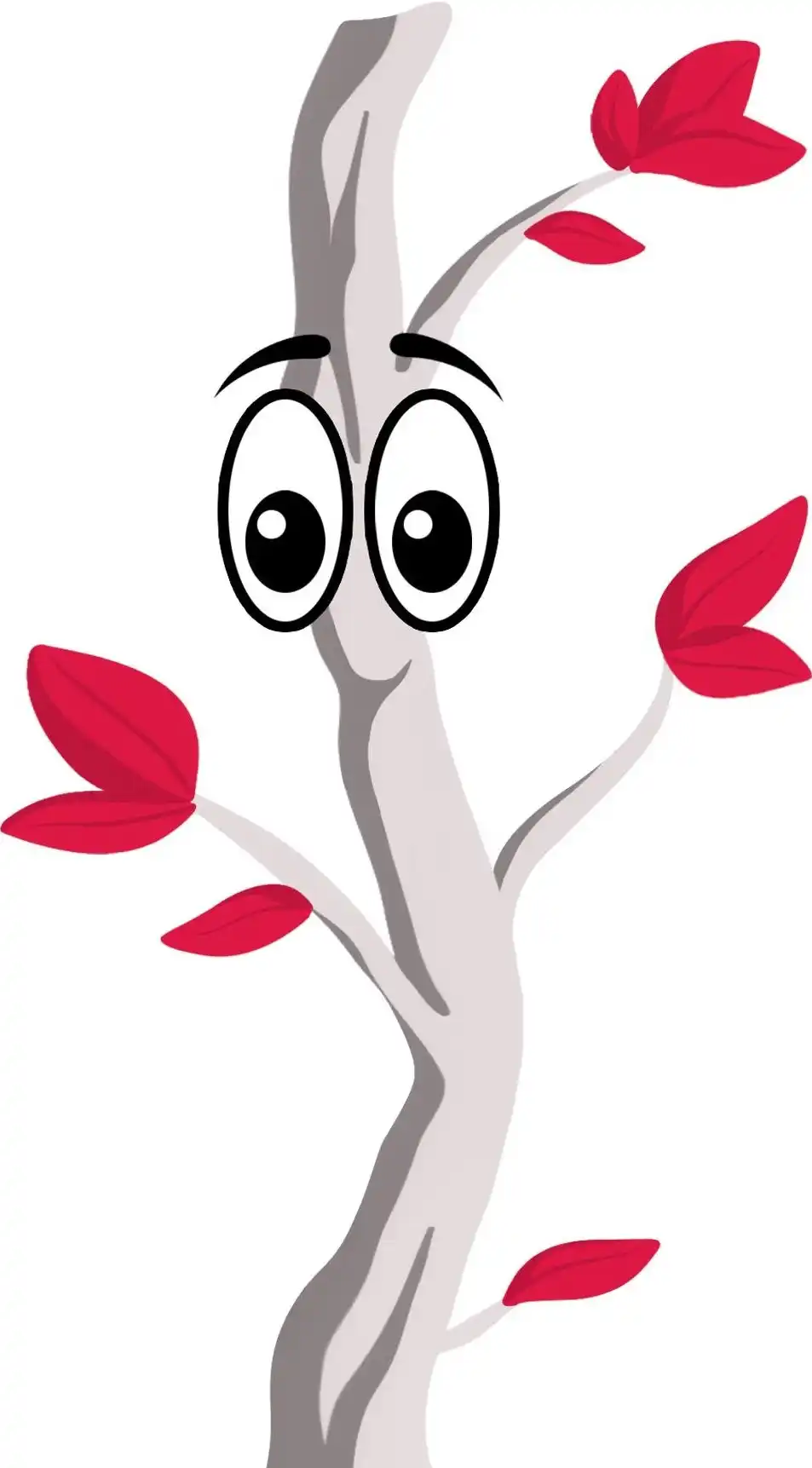In the grand scheme of human history, social media is a relatively new invention. We can trace its roots back to 90s-era blogs, followed by actual social media apps in the early thousands. Although it is only 20 years old, it’s estimated that there were 3.78 BILLION users worldwide in 2021.
Oracle Tree loves all things social media-related. Let’s take a quick look at the history of the phenomenon!
The Definition of Social Media
How do you define social media? According to The Balance: Small Business, social media is any internet-based application, website, or platform that allows users to share content across a network of contacts. The hallmarks include:
- A user-friendly UX
- A forum for discussing content
- The ability to curate a set of contacts or a friends list
In short, social media is all about sharing life experiences and engaging with one another via digital format.
A Brief History
So when did the first social media platform emerge? In a sense, social media is the culmination of more than a century’s worth of technological achievement. From Morse code, to the Telegram, each rung on the ladder of advancement speaks to the human need for communication and interaction.
In a more specific sense, we can trace its genesis back to the mid 90s. As internet usage exploded, long-form blogging, message boards, and forums came to dominate the net’s early landscape. With new modes of communication at the average user’s fingertips, it wasn’t long until more feature-rich applications began to emerge.
Old School Platforms
The first true social media platforms began to emerge around 1997. Popular platforms included:
- MySpace
- Friendster
- Six Degrees
Six Degrees is considered the forerunner of all other social media platforms. Elements of Six Degrees are reminiscent of today’s more complex social networks. Joining Six Degrees was a matter of being invited and confirming your relationship to people in your real life social circle. While Six Degrees still exists today, its use has greatly diminished.
Fast-forward to 2002 when Friendster became the platform du jour. Friendster’s hook was simple: connect with old friends and meet new people from the comfort of your home. While not a revolutionary idea by today’s standards, Friendster was the cream of the crop until MySpace changed the social media landscape.
In an era of simplicity —and plain Jane UX— MySpace stood head and shoulders above the competition. Founded in 2003, MySpace introduced users to a richer brand of content, including photo sharing, advanced profile options, and even an embedded music player.
Today’s Most Popular Platforms
Back in 2003, MySpace was the culmination of first wave social media. That changed with the advent of Facebook in 2004. In terms of fame (and notoriety), Facebook needs no introduction. It is the benchmark by which all modern social media platforms are judged. Over the years, Facebook has evolved from an invite-only, collegiate networking application into a true multimodal content sharing app. From pictures and videos, to on-platform games, and even ecommerce outlets, Facebook is considered a transcendent point in social media’s storied history. The platform proves that a social media application can be an integral part of our overall social lives. Other notable modern platforms include:
- TikTok
- Snapchat
Each medium represents a unique take on the platforms of yesteryear. Twitter is a microblogging application built directly on the pedigree established by mid-90s blogs and Friendster.
Instagram is a visual medium that showcases images, .gifs, and short-form videos that friends can comment on. Snapchat takes that paradigm a step further, making all content time-sensitive; once the recipient views the message, it automatically deletes.
TikTok is the latest craze. TikTok allows users to take short videos of themselves, then set those videos to popular music and sound clips. Its popularity comes from the visual-rich nature of its content, as well as the entertaining juxtapositions created by its format.
Social Media: Moving Forward
Social media is here to stay. More than just a fad, content-sharing applications like Facebook and Instagram have become an integral part of the human experience. They allow increased opportunity for entertainment, socialisation, and even economic advancement. Despite the few drawbacks inherent to the medium, social media continues to enrich our lives and connect us in new and profound ways.
A digital transformation workshop with Oracle Tree could be all it takes to take your brand to the next level. We specialise in a wide range of content creation, with exceptional expertise in SEO. Contact us today to see how we can best optimise your digital presence!
Want More Like This?
What Is User Experience and Why Is It Important?
5 Top Digital Marketing Trends to Watch in 2022!
All You Need To Know About Short-Form Videos









